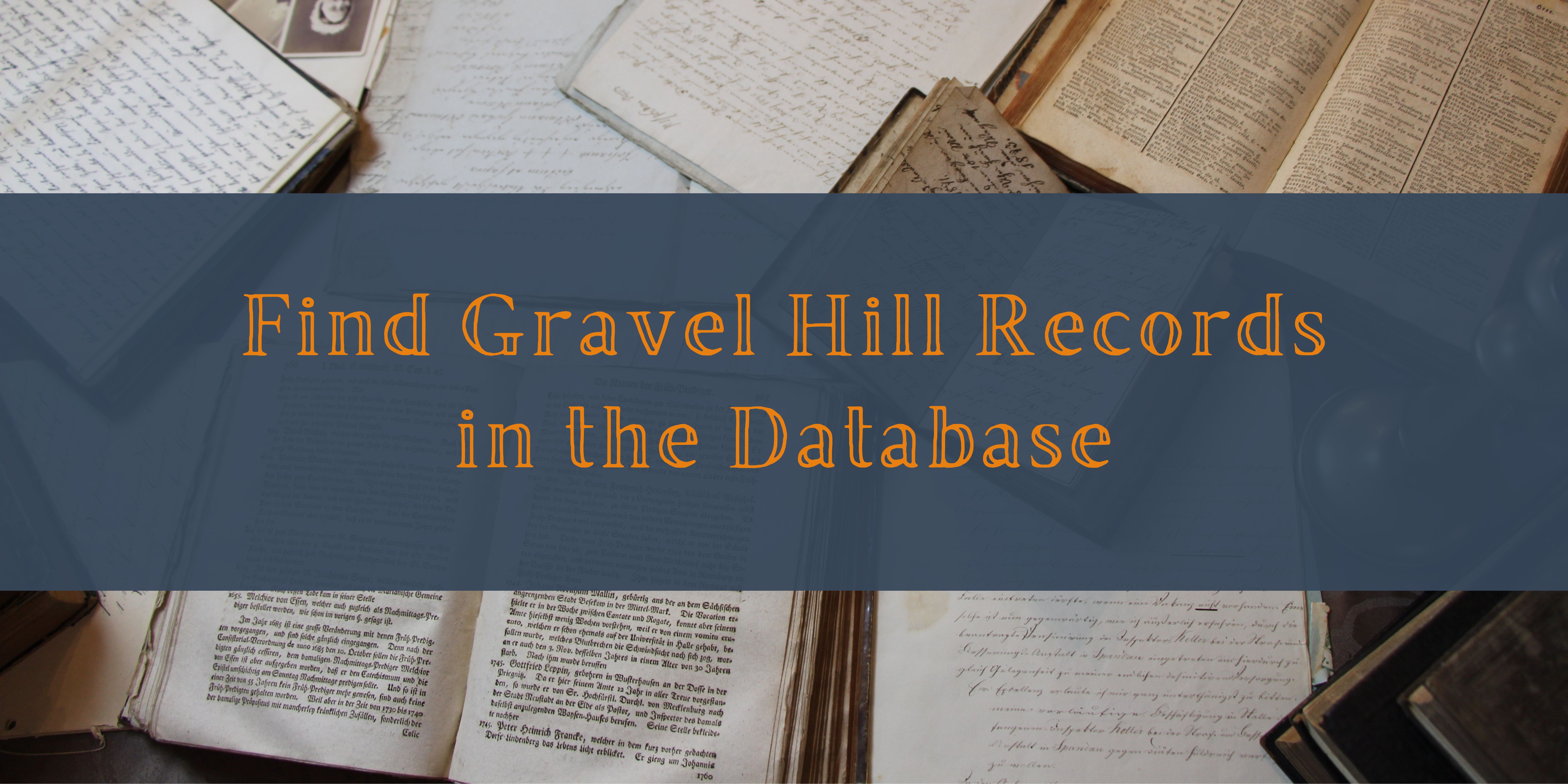Gravel Hill
When the school at Gravel Hill first opened its doors in January 1866, African American education in Harford County was experiencing an upswing. Three schools had opened the year before at Havre de Grace, Hopewell Crossroads, and Perrymansville. The school at Fallston, meanwhile, had opened just two weeks before Gravel Hill. While each of these institutions boasted robust enrollment numbers for the 1865-1866 academic year, Gravel Hill’s average attendance peaked at 19 students. Compared with Havre de Grace’s average of 43 and Fallston’s average of 26, Gravel Hill’s numbers seem to indicate a bumpy opening.[1]
Nevertheless, the school’s first teacher, Miss H. B. Rosier, remained committed to her pupils and the local community. Although the spring 1866 session ended in June,[2] Rosier returned to the Gravel Hill area in the fall.[3] By November, average attendance had dropped to 17 students.[4] At the end of 1866, Rosier was reporting an average of only 12 pupils.[5] Although enrollment rebounded to 34 by the end of January 1867,[6] this progress drastically reversed itself in April, likely in alignment with the start of Maryland’s planting season.[7] By May, average attendance had once again dipped back to 12 students; this report marked the last update provided by Gravel Hill.[8]
When the academic year began again in the fall of 1867, Gravel Hill did not appear on any monthly school reports issued by the Freedmen’s Bureau.[9] This absence from the historical record suggests that the school’s patrons, the Baltimore Association and the National Freedmen’s Relief Association of New York, decided against continued support due to low enrollment. No other documents referenced Gravel Hill until 1881, when an annual report for the Maryland State Board of Education listed S. Elizabeth Augustus as the teacher for a school that likely came to be known as Gravelly Hill.[10]
By Stephanie Martinez
[1] Baltimore Association for the Moral and Educational Improvement of the Colored People, Second Annual Report of the Baltimore Association for the Moral and Educational Improvement of the Colored People, (Baltimore: MD, 1866): pp 15.
[2] George J. Stannard, Freedmen’s Bureau, “Report of Colored Schools in the District of Maryland under the Supervision of Bvt. Maj. Genl. Geo J. Stannard…for the year ending June 30th, 1866,” Records of the Superintendent of Education for the District of Columbia, Bureau of Refugees, Freedmen, and Abandoned Lands, 1865-1872, U. S. National Archives and Records Administration, FamilySearch International, and the Smithsonian National Museum of African American History and Culture.
[3] Baltimore Association for the Moral and Educational Improvement of the Colored People, Third Annual Report of the Baltimore Association for the Moral and Educational Improvement of the Colored People, (Baltimore: MD, 1866): pp 18.
[4] Edgar M. Gregory, Freedmen’s Bureau, “Report of Schools, Superintendent, State of Maryland, November 1866,” Records of the Superintendent of Education for the District of Columbia, Bureau of Refugees, Freedmen, and Abandoned Lands, 1865-1872, U. S. National Archives and Records Administration, FamilySearch International, and the Smithsonian National Museum of African American History and Culture.
[5] Edgar M. Gregory, Freedmen’s Bureau, “Report of Freedmen Schools, Bvt. Maj. Genl. E. M. Gregory, Assistant Commissioner…For State of Maryland, For Month of December 1866,” Records of the Superintendent of Education for the District of Columbia, Bureau of Refugees, Freedmen, and Abandoned Lands, 1865-1872, U. S. National Archives and Records Administration, FamilySearch International, and the Smithsonian National Museum of African American History and Culture.
[6] Edgar M. Gregory, Freedmen’s Bureau, “Report of Schools, Bvt. Maj. Genl. E. M. Gregory…States of Maryland and Delaware, January 1867,” Records of the Superintendent of Education for the District of Columbia, Bureau of Refugees, Freedmen, and Abandoned Lands, 1865-1872, U. S. National Archives and Records Administration, FamilySearch International, and the Smithsonian National Museum of African American History and Culture.
[7] Edgar M. Gregory, “Report of Schools, Assistant Commissioner, States of Maryland and Delaware, April 1867,” Records of the Superintendent of Education for the District of Columbia, Bureau of Refugees, Freedmen, and Abandoned Lands, 1865-1872, U. S. National Archives and Records Administration, FamilySearch International, and the Smithsonian National Museum of African American History and Culture.
[8] Edgar M. Gregory, Freedmen’s Bureau, “Assistant Commissioner’s Monthly School Report for the month of May 1867, Maryland and Delaware District,” Records of the Superintendent of Education for the District of Columbia, Bureau of Refugees, Freedmen, and Abandoned Lands, 1865-1872, U. S. National Archives and Records Administration, FamilySearch International, and the Smithsonian National Museum of African American History and Culture.
[9] Edgar M. Gregory, Freedmen’s Bureau, “State Superintendent’s Monthly School Report for the month of October 1867, Maryland and Delaware District,” Records of the Superintendent of Education for the District of Columbia, Bureau of Refugees, Freedmen, and Abandoned Lands, 1865-1872, U. S. National Archives and Records Administration, FamilySearch International, and the Smithsonian National Museum of African American History and Culture.
[10]Maryland State Board of Education, Fifteenth Annual Report of the State Board of Education Showing the Condition of the Public Schools of Maryland, For the year ending September 30th, 1881, (Annapolis, MD: L. F. Colto, 1882). https://archive.org/details/report00mary_15/page/n5/mode/2up?view=theater.

